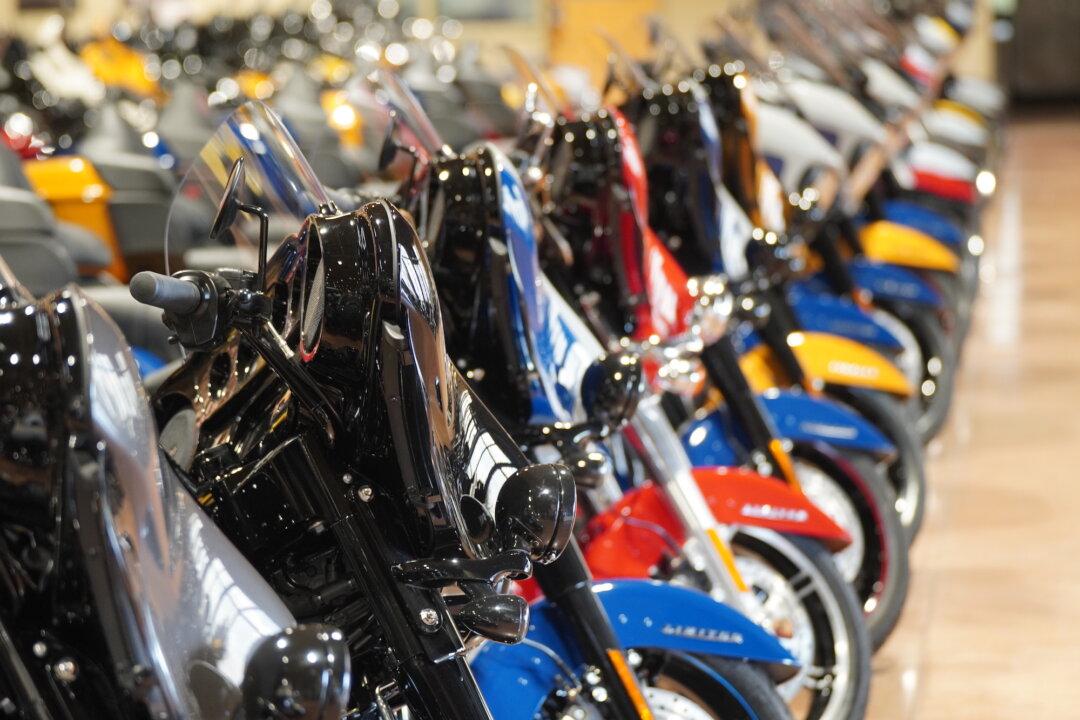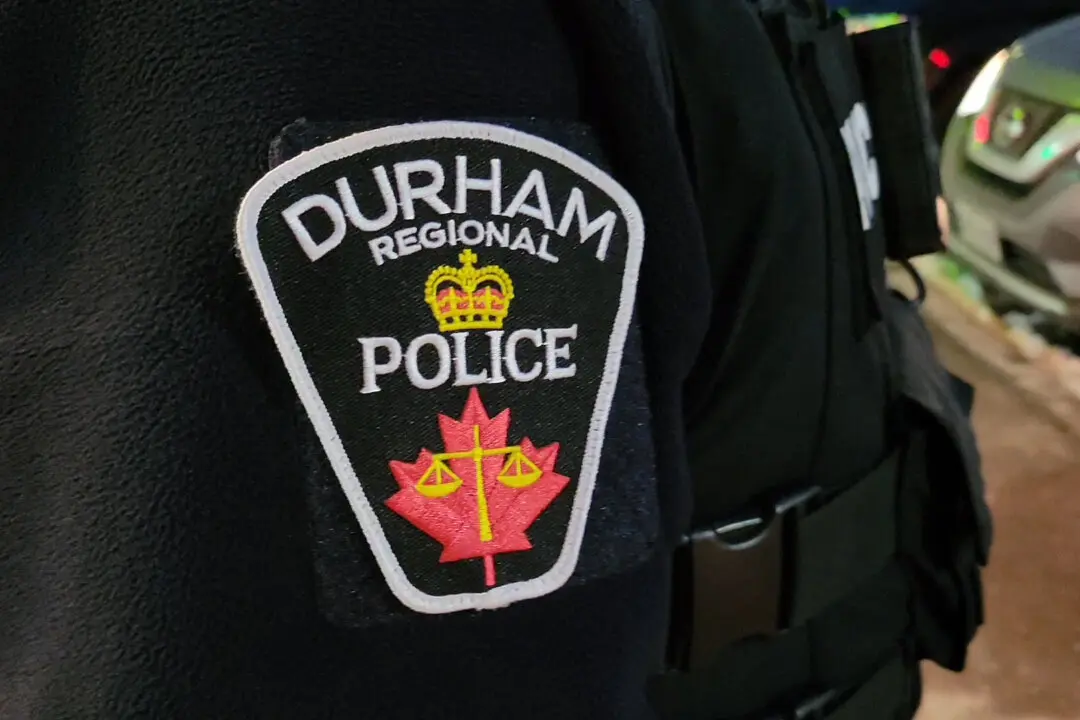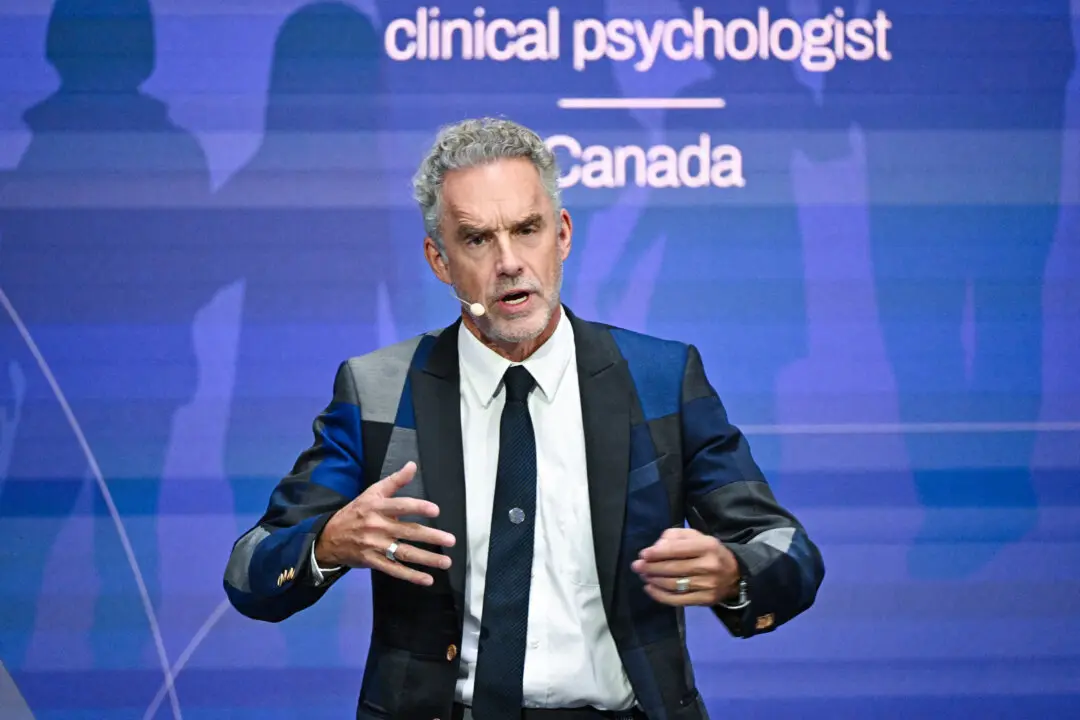The number of motorcyclists killed on Canadian roads each year has risen steadily since the pandemic, a troubling trend that has some safety experts and activists calling for changes.
Fatal motorcycle crashes have been on the rise in Canada since 2019, according to Transport Canada statistics. Motorcycle fatalities jumped from 196 deaths in 2019 to 258 by 2022, accounting for 13.4 percent of all fatal accidents on Canadian roads in 2022.





